Shrine of the Book
The Shrine of the Book houses the Dead Sea Scrolls, the oldest biblical manuscripts in the world, as well as rare early medieval biblical manuscripts. The scrolls were discovered in 1947–56 in 11 caves in and around the Wadi Qumran. An elaborate planning process of seven years led to the building's eventual construction in 1965 which was funded by the family of David Samuel Gottesman, the Hungarian émigré, the philanthropist who had purchased the scrolls as a gift to the State of Israel.
The building consists of a white dome over a building
located two-thirds below the ground. The dome is reflected in a pool of water
that surrounds it. Across from the white dome is a black basalt wall.
The
colors and shapes of the building are based on the imagery of the Scroll of the
War of the Sons of Light Against the Sons of Darkness, whereas the white dome
symbolizes the Sons of Light and the black wall symbolizes the Sons of
Darkness. The interior of the shrine was designed to depict the environment in
which the scrolls were found. There is also a permanent display on life in the
Qumran, where the scrolls were written. The entire structure was designed to
resemble a pot in which the scrolls were found. The shrine was designed by Armand
Bartos and Frederick Kiesler, and was opened in 1965.
 |
| interior of the dome with the structure of a scroll. The Isaiah document is the bright lower yellow ring |
As the fragility of the scrolls makes it impossible to
display all on a continuous basis, a system of rotation is used. After a scroll
has been exhibited for 3–6months, it is removed from its showcase and placed
temporarily in a special storeroom, where it "rests" from exposure.
The museum also holds other rare ancient manuscripts and displays The Aleppo
Codex, which is from the 10th-century and is believed to be the oldest complete
Bible in Hebrew
Examine the scrolls:
The Commentary on the Habakkuk Scroll
Labels: Bible lands, Jerusalem



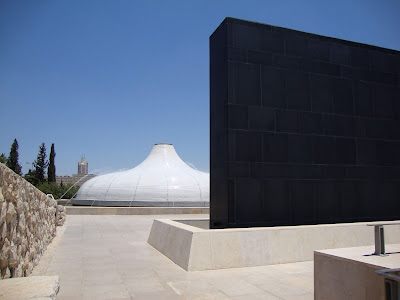












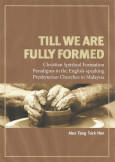
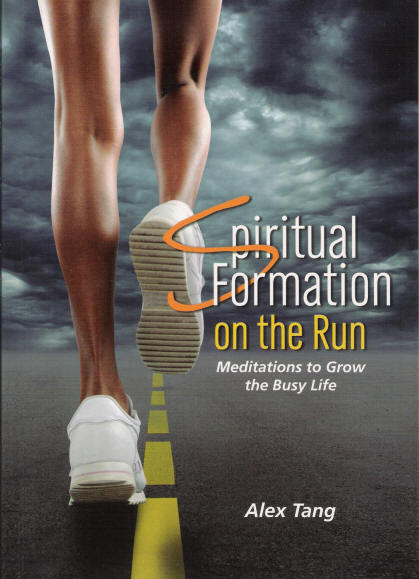
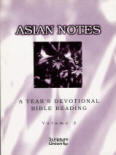


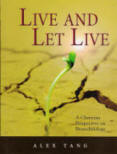


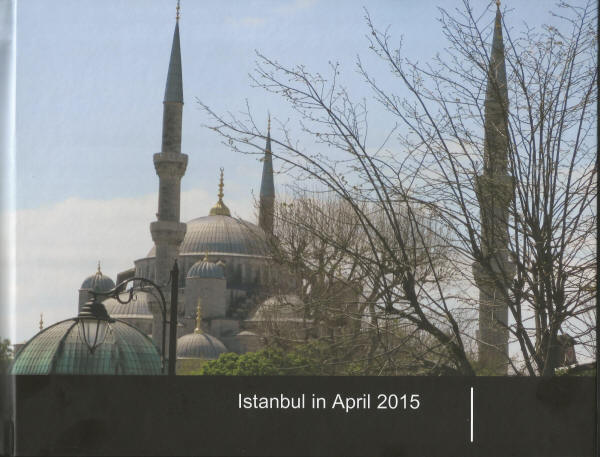
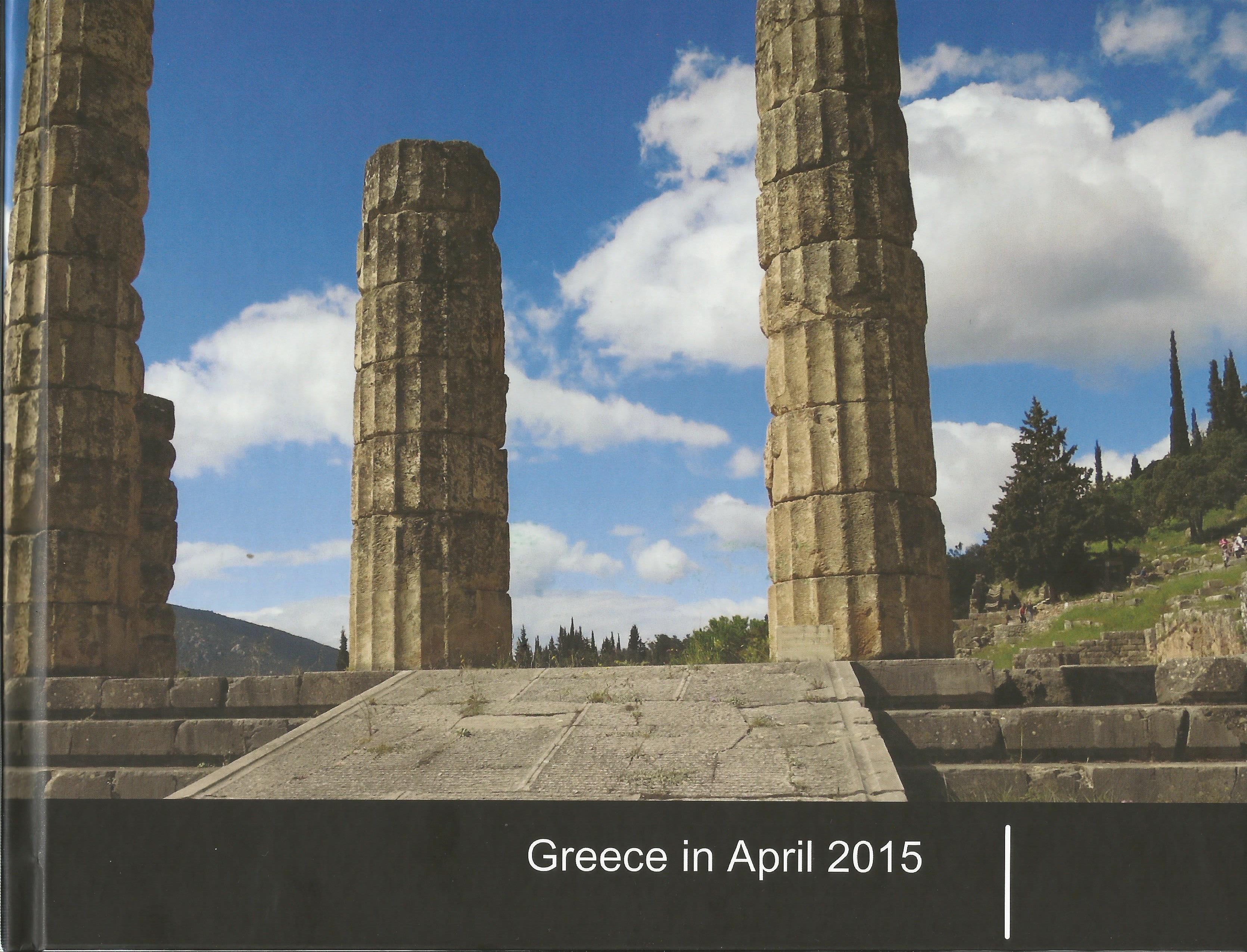
0 Comments:
Post a Comment
<< Home